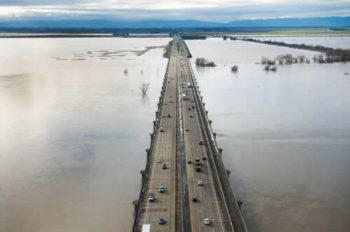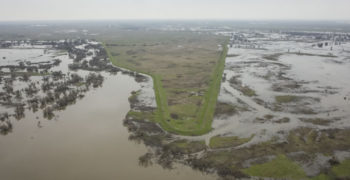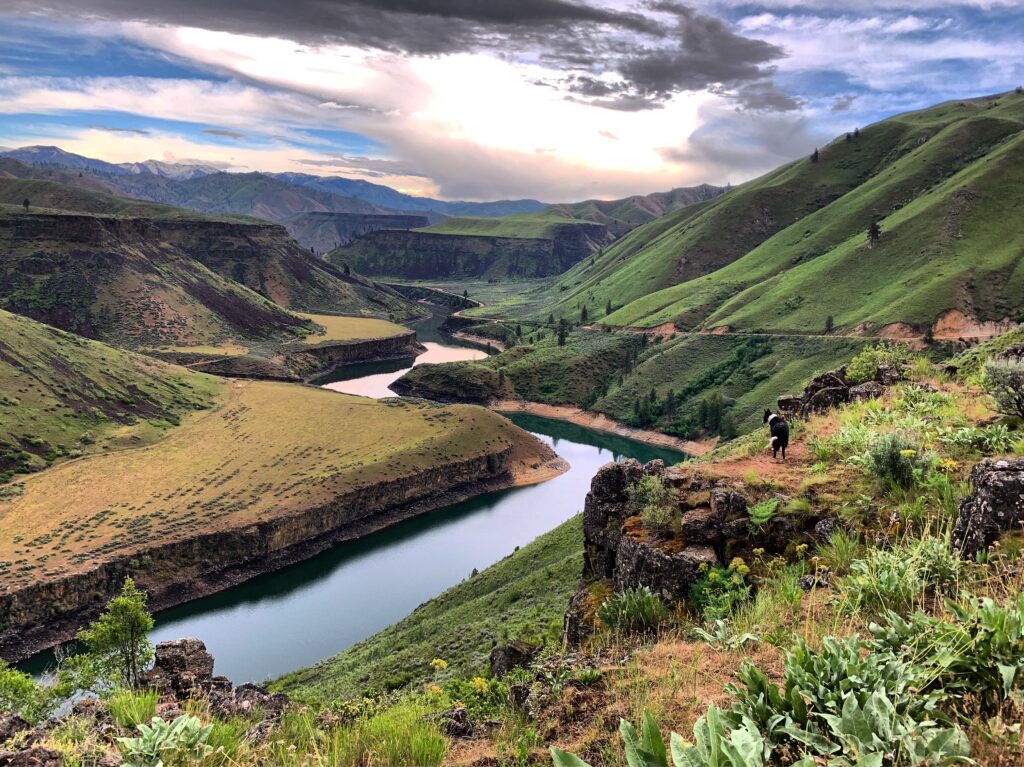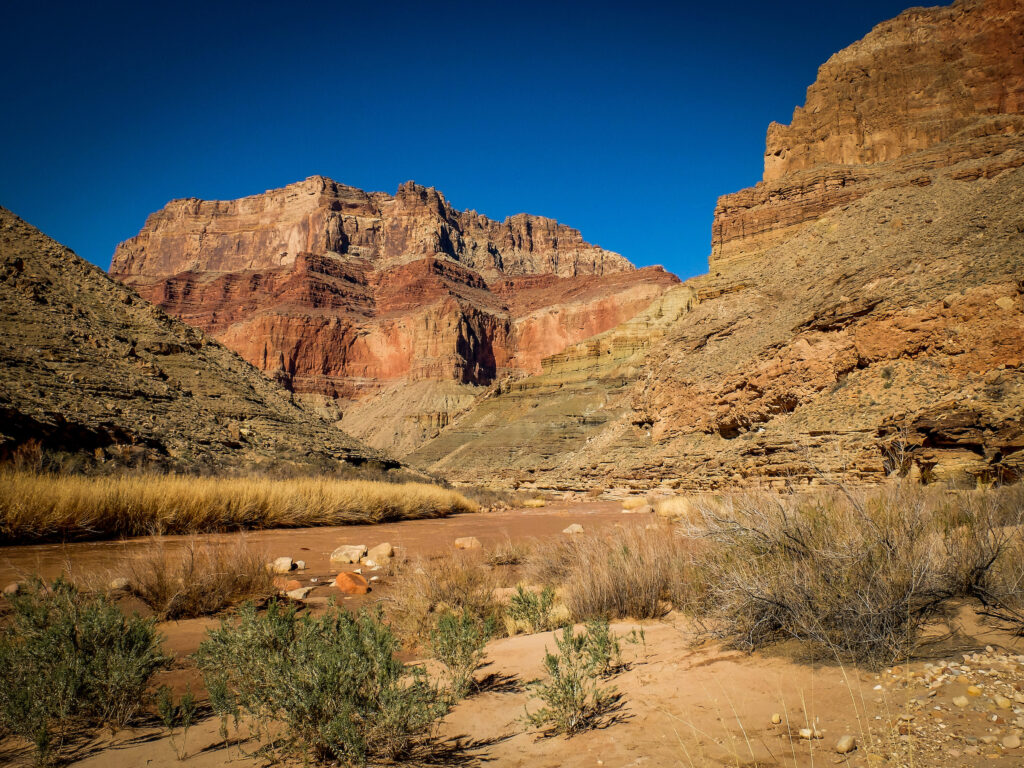Natural Infrastructure is the Future of Flood Management
Managing floodwaters with natural infrastructure is the best way to protect our communities from flooding.
Flood, like fire, is important to ecosystem health but dangerous when our pride leads us to believe we can control it. Many people now know that Smokey the Bear was only partially right about forest fires. Over a century of fire suppression in the western United States has led to unchecked vegetation growth that has fueled catastrophic and harmful fires. Frequent, low intensity fires, on the other hand, are natural and reduce understory brush fuels and nourish forest soils.
Floods and flood control are very similar. Human efforts to “control” floods have mostly eliminated small to moderate flood events while potentially worsening the damage from the largest floods. Seasonally inundated floodplains provide essential habitat for fish and wildlife, but levees and dams in California’s Central Valley have all but eliminated these beneficial small to moderate floods, driving several species to the brink of extinction.
By eliminating the smaller floods that once spread out across floodplains in wetlands during annual to decadal floods, they have created the false impression that floodplains are suitable places to build new subdivisions, schools, and other public infrastructure. When large floods inevitably overwhelm the capacity of the flood system, levees break and catastrophically flood communities. We all witnessed this when Hurricane Katrina devastated New Orleans. Levee breaches similarly devastated some Central Valley communities in 1955, 1986, 1997, and again this past winter.
Cutting rivers off from their floodplains is very harmful and causes many problems; foremost among them is increased flood risk and habitat degradation. California’s water system was designed and built when we didn’t understand much about how rivers work. We now know that crowding rivers with levees actually exacerbates floods. Rivers need more room in order to safely and more effectively accommodate floods. This is especially important in an era predicted to be characterized by an increased frequency of extreme flood events.
A system built to rigidly withstand nature will always be brittle. By working with nature, instead of against it, we can improve the resiliency of California’s water infrastructure to more extreme floods and droughts. The recent Oroville Dam crisis highlights the inability of the West’s aging water infrastructure to protect people from floods in winter while also providing water to people and farms in summer. Managing floodwaters with natural infrastructure is the best way to protect our communities from flooding. Giving rivers more room also provides multiple other benefits including clean water, groundwater recharge, open space for recreation, and wetlands that cleanse water for fish, wildlife, and people.

The Yolo Causeway, heading west toward Davis, is surrounded by water in the Yolo Bypass. | Randy Pench
There are a couple of these noteworthy multi-benefit flood management solutions in California including the Yolo Bypass. The Yolo Bypass comprises 70,000 acres of farmland and wildlife areas that have been intentionally managed as a designated flood basin since 1926 when the Sacramento Weir was completed. California’s state capitol, Sacramento, could not exist without the Yolo Bypass. Releasing water into the bypass diverts floodwaters toward undeveloped farmlands and prevents flood stages from rising above the levees that protect Sacramento. The bypass will someday be expanded to make sure Sacramento is protected against a changing climate.
The 2017 Update to the Central Valley Flood Protection Plan also emphasizes the importance of multi-benefit flood management projects and prioritizes floodway expansions near urban areas on the lower Sacramento and San Joaquin Rivers. American Rivers and our partners are now designing several of these multi-benefit projects to give Central Valley rivers more room to carry floodwaters while providing other important benefits to people and wildlife.
By working with nature, instead of against it, we can improve the resiliency of California’s water infrastructure to more extreme floods and droughts. This nature-based model of flood management is not only relevant to California’s Central Valley, but is also replicable in regions elsewhere that are dealing with outdated flood management systems and infrastructure.



